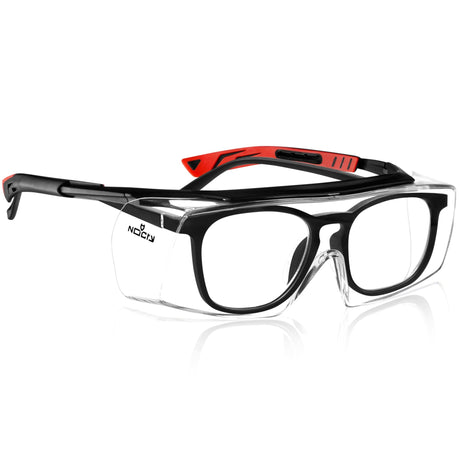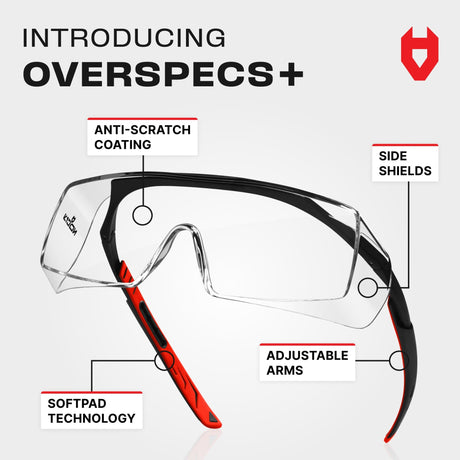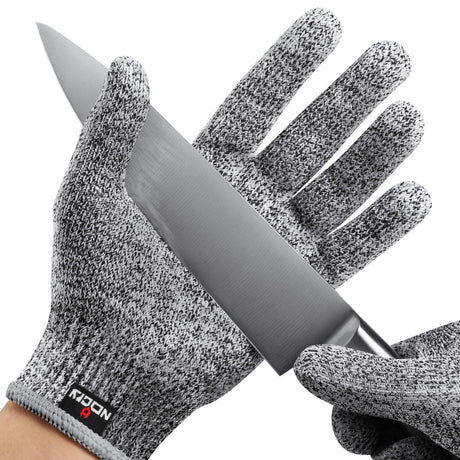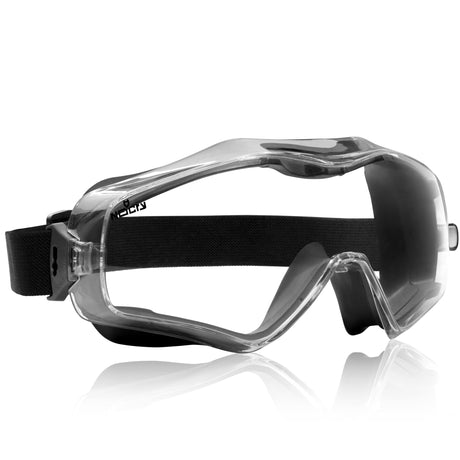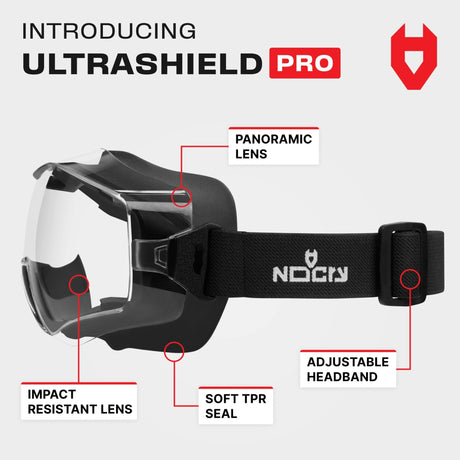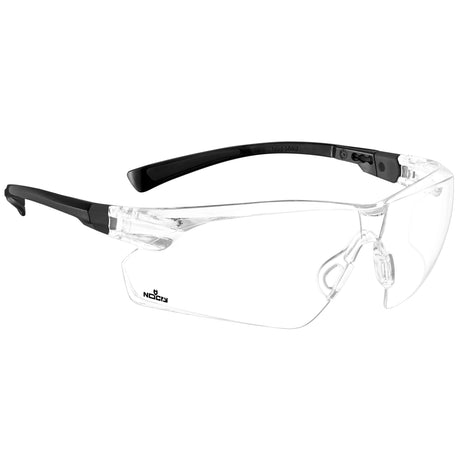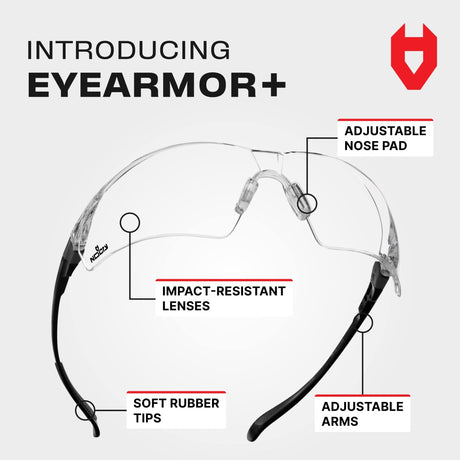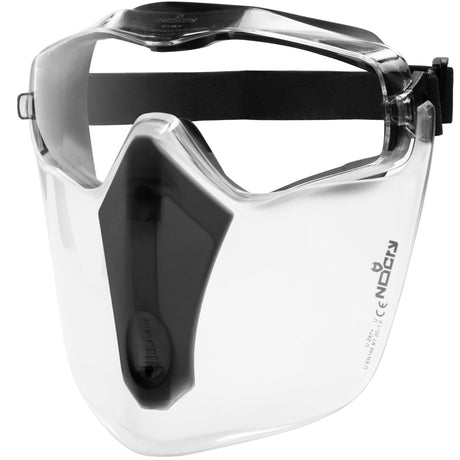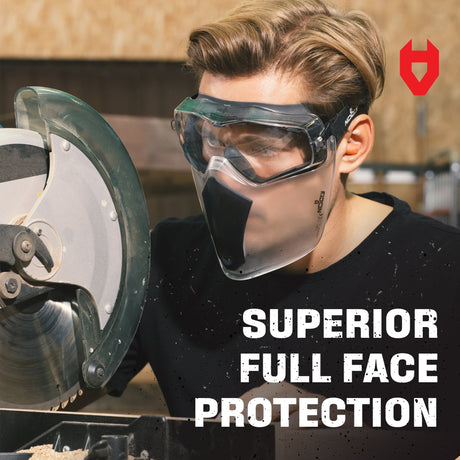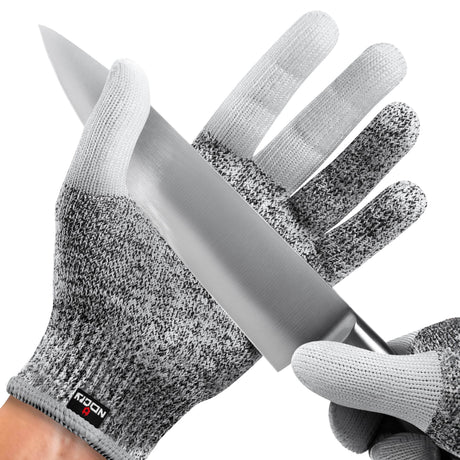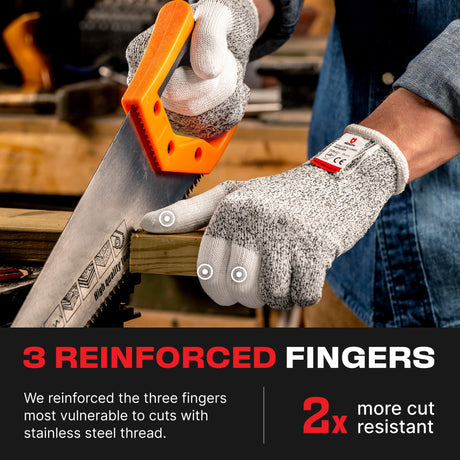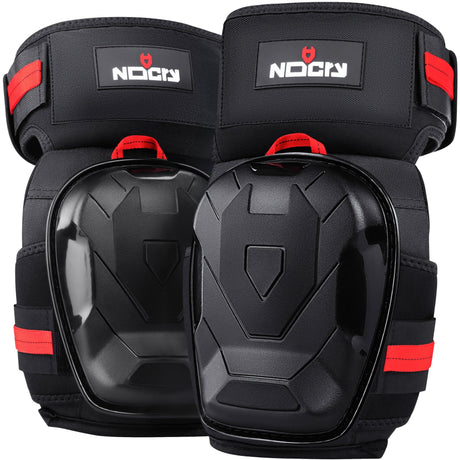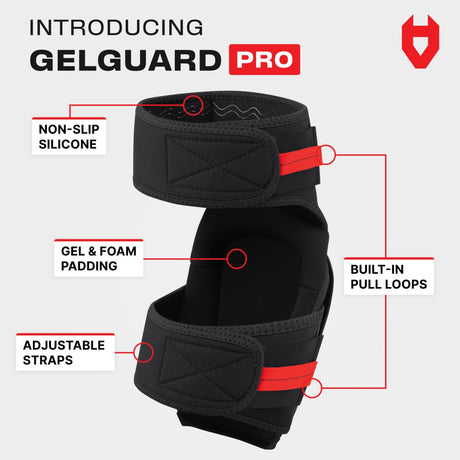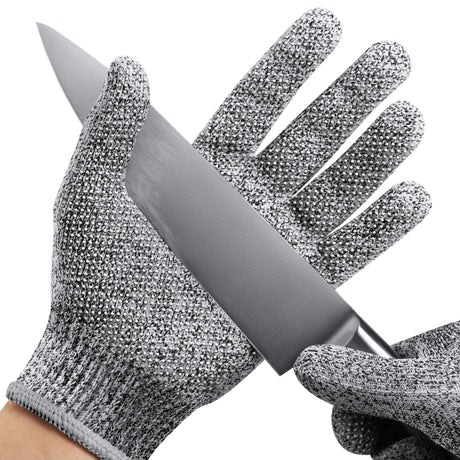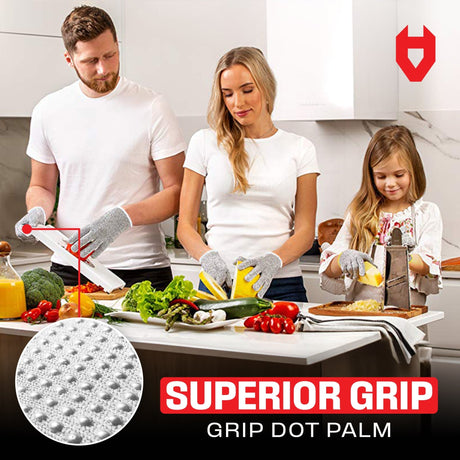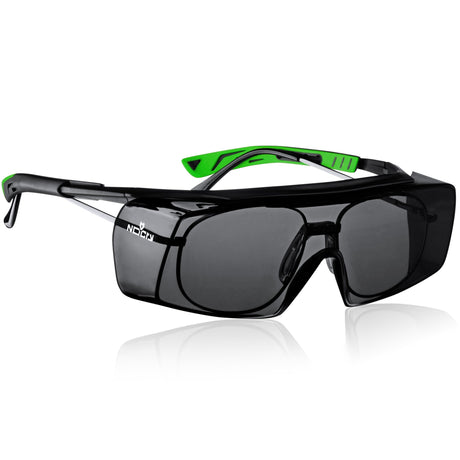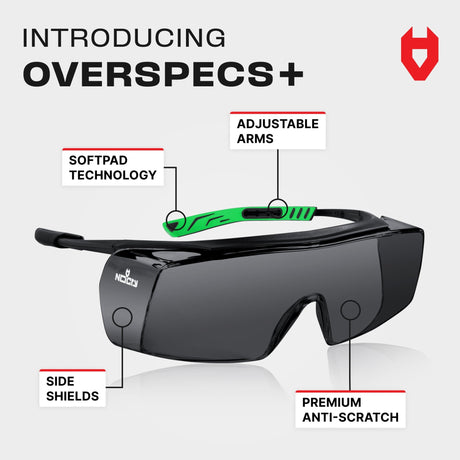Key Takeaways
-
Understanding your eyewear’s markings can prevent injuries. Over 90% of workplace eye injuries are avoidable with proper protection.
- ANSI Z87.1 is the US standard for workplace eye and face protection. It ensures your glasses have been tested for impact, splash, dust, and more.
- Z87+ is more than a label: it’s a sign your eyewear passed tougher impact tests than standard Z87 gear.
- Markings like D3, D4, and D5 help you choose the right glasses for specific hazards such as chemicals, dust, or fine particles.
Why Do Safety Glasses Lens Markings Matter?
Those small letters and numbers on the side of your safety glasses might seem like a minor detail, but they carry a lot of important information. They tell you whether your eyewear is ready to face the hazards in your work environment, from flying debris to chemical splashes to fine dust.
In the US, more than 300,000 workplace eye injuries happen every year. Most could be prevented by using the right protective gear. That’s why knowing what Z87, Z87+, D3, and other codes mean is more than just technical trivia — it’s a safety essential.
What Do The Lens Markings On Safety Glasses Mean?
The lens markings on safety glasses provide important safety and compliance information. They typically include the manufacturer’s name or logo, the standard they meet (such as ANSI Z87 or Z87+ for high-impact protection), and additional codes indicating lens features.
For example, markings may show if the lenses are clear, tinted, anti-fog, scratch-resistant, or offer UV protection. These codes help ensure the glasses are appropriate for specific work environments and hazards.

In addition to the most commonly used markings like Z87 or Z87+, others may indicate specific features.
For example, 1.2 refers to light transmission levels, 2C shows UV protection with good color recognition, and U6 offers high UV filtering. R# marks infrared protection. These additional codes help tailor eyewear to more specific needs.

Where To Find Safety Markings on Glasses?
Lens markings are usually etched into the lens surface or the temples (arms) of the eyewear. On goggles, you might find them on the frame or seal.
A sample marking might look like this: Z87+ U6 D3.
Here’s how to read it:
- Z87+: High-impact protection
- U6: UV protection up to 400 nm
- D3: Splash resistance
These markings help workers and safety managers choose the proper eyewear quickly and confidently.
What Is ANSI Z87.1?
The ANSI Z87.1-2020 standard is the benchmark for eye and face protection in the workplace. Developed by the American National Standards Institute (ANSI), this standard defines how safety eyewear should be tested and rated. It helps ensure consistency and reliability across different manufacturers and industries.
Here’s what the ANSI Z87.1 standard addresses:
- Impact resistance from flying debris or blunt objects
- Chemical splash protection
- Dust and fine particle resistance
- UV and radiation protection
- Optical clarity and lens quality
If your glasses are marked “Z87,” it means they’ve passed a basic set of impact tests.
What Does Z87+ Mean?
When you see Z87+, that plus indicates the eyewear meets high-impact requirements, not just the basic ones.
Z87 glasses are tested using a drop ball test: a steel ball is dropped onto the lens from 50 inches. If it holds up, it passes.
Z87+ glasses are put through much more rigorous testing, including:
- High-Mass Impact: A 500g (17.6 oz) weight is dropped onto the lens to simulate a heavy object falling from 50 in above.
- High-Velocity Impact: A steel ball is fired at over 100 mph to mimic flying debris.
- Puncture Testing: Measures how well the lens resists sharp objects.
Z87+ eyewear is essential for high-risk tasks like grinding, cutting, or working on construction sites where flying debris is a constant threat.
What Do D3, D4, and D5 Markings Mean?
Not all hazards are about impact. Many jobs involve chemical splashes, dust clouds, or fine powders, and that’s where these extra codes come in:
- D3: Protects against liquid splashes and droplets. Ideal for working with chemicals or in medical settings.
- D4: Shields against dust, such as during demolition or drywall sanding.
- D5: Blocks fine dust and particles. Useful in environments with powdered substances or ultra-fine sanding.
These markings help you choose eyewear that matches your specific work conditions. Z87+ alone doesn’t guarantee protection from splashes or dust.
Tip: When using goggles, always check markings like D3 to ensure they match your task. Direct vents allow airflow but aren’t splash-safe. Indirect vents block splashes while still letting air in. Sealed goggles offer the most protection but may fog without anti-fog coating.
What Does the Little Circle with Numbers and an Arrow Mean on Safety Glasses?
That small circular symbol with numbers around the edge and an arrow pointing to one of them is a date-of-manufacture code. It’s a standard part of many molded plastic components, including safety eyewear.
Here’s how to read it:
- The numbers around the circle represent months (1–12).
- The two-digit number in the center represents the year of manufacture (e.g., “24” = 2024).
- The arrow points to the month the item was made.
For example, if the circle has “23” in the middle and the arrow is pointing to “7”, that means the eyewear was manufactured in July 2023.

Why Does The Date Of Manufacture Of Safety Glasses Matter?
- Shelf life and expiration: Safety glasses — especially those made of polycarbonate — can degrade over time due to UV exposure, chemicals, or environmental factors. Knowing the manufacture date helps determine when they may need to be replaced.
- Quality control: For manufacturers and safety managers, this code helps with tracking production batches, recalls, or inventory rotation.
- Standards compliance: Some industries or employers require that eyewear be within a certain number of years from its manufacture date, especially in critical environments like clean rooms, labs, or regulated facilities.
Tip: While there’s no universal expiration date for safety glasses, a good rule of thumb is to inspect them regularly and consider replacing them every 2–3 years or sooner if they show signs of wear, scratches, yellowing, or loss of clarity, even if they haven’t been heavily used.
Conclusion
Safety gear isn’t just about compliance but protecting your future. When you choose the right eyewear, you’re making a decision that could prevent permanent injury.
With more than 90% of eye injuries being preventable, a few seconds spent checking lens markings can make a lifetime of difference. Don’t assume your glasses are good enough — know they are.
If you’re ever unsure about what your eyewear markings mean or what kind you need for a specific task, ask your safety supervisor or consult ANSI guidelines. It’s better to double-check than risk your vision.
FAQ
Where can I find the markings on my glasses?
Look on the lens, the temple (arm), or the frame. The codes may be small, but they’re usually etched in for durability.
What does Z87 mean on safety glasses?
Z87 means the eyewear has passed basic ANSI impact resistance tests. It offers general protection from low-level hazards like small debris.
What’s the difference between Z87 and Z87+?
The difference between Z87 and Z87+ safety glasses lies in their impact resistance. Z87 indicates basic resistance, while Z87+ signifies higher-level impact protection, requiring eyewear to pass additional, more rigorous tests.
What do D3, D4, and D5 markings stand for?
The letter D is used as a designation for droplets and dust protection within the ANSI Z87.1 standard. D3 protects against splashes, D4 against dust, and D5 against fine dust or powders.
Do I need Z87+ glasses for every job?
Not always. If you’re doing low-risk tasks, Z87 might be enough. But for jobs with high-speed debris or tools, Z87+ is strongly recommended.







